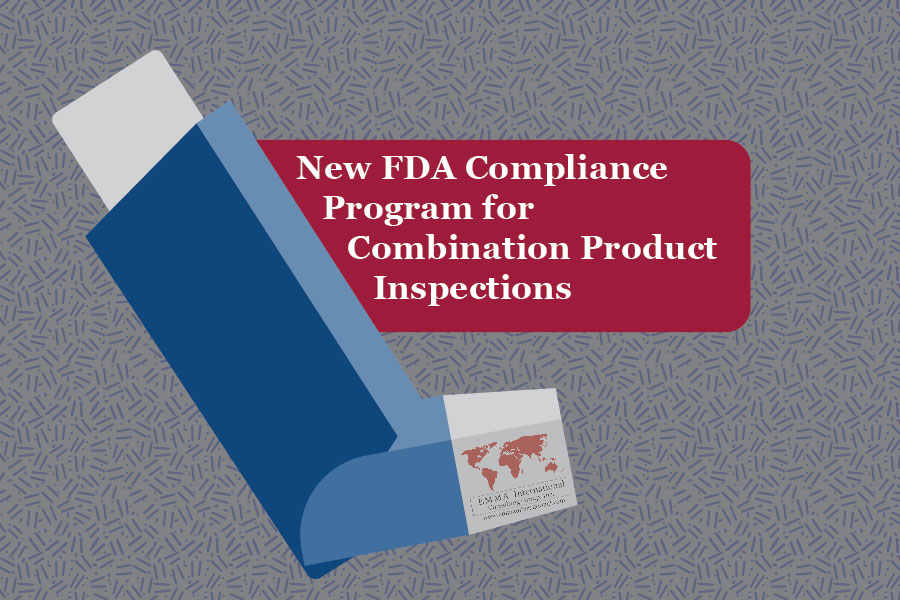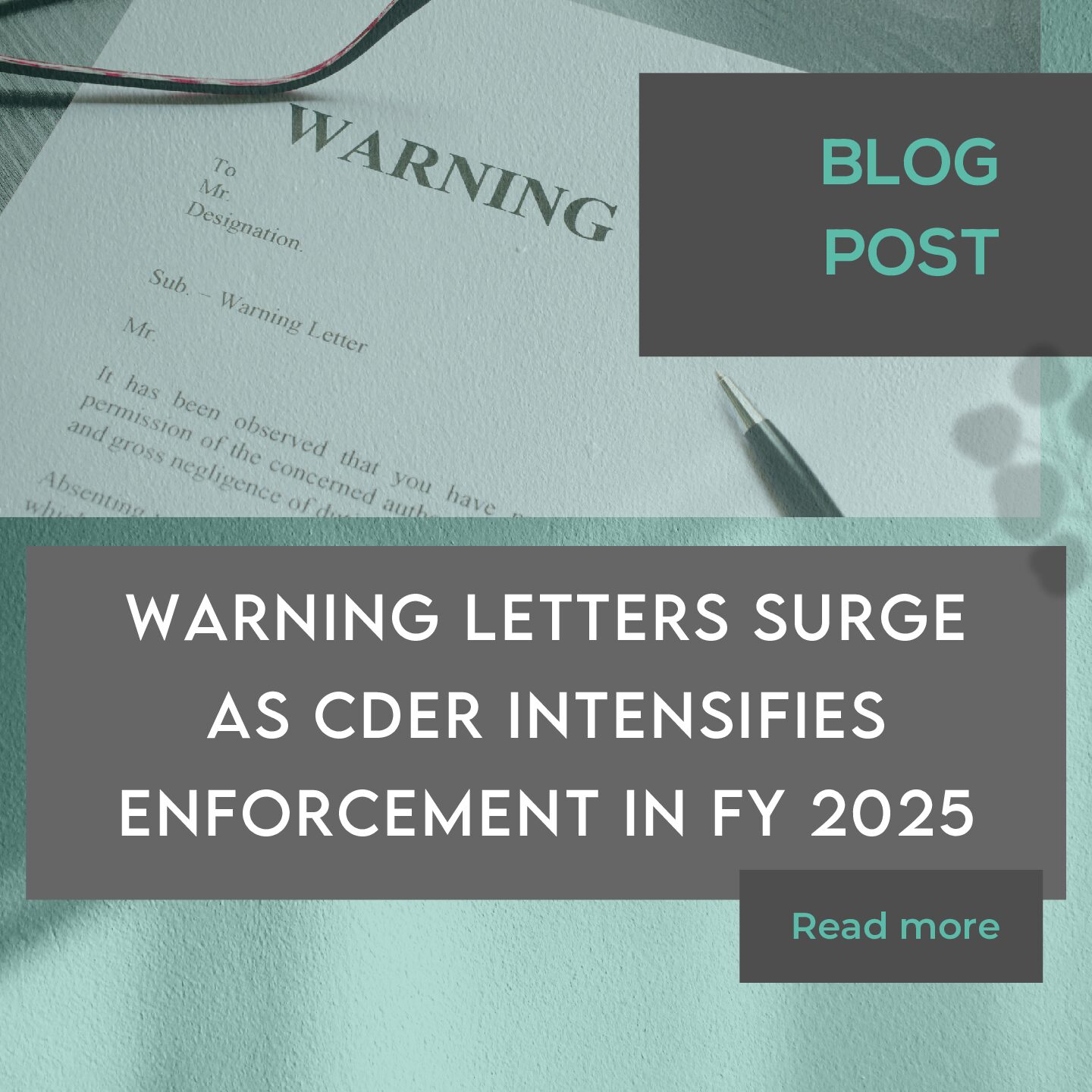Last week the FDA released a new compliance program for inspections of CDER-led or CDRH-led combination products to streamline the approach regarding cGMP’s and inspections. This new program was released as part of an update to the Compliance Program Guidance Manual (CPGM), which provides instructions to FDA investigators for conducting compliance evaluation activities. 1This new program focuses primarily on clarifying the application of cGMP requirements to single-entity and co-packaged finished combination products (i.e. a prefilled syringe or a syringe packaged with a container of drug product).
Manufacturers demonstrate cGMP compliance one of two ways: either through full compliance with all cGMP regulations, or through a more streamlined approach which creates flexibility for manufacturers. This streamlined approach requires compliance with:
- Either the drug cGMP’s (21 CFR Parts 210 and 211) or the device Quality System Regulation (21 CFR Part 820). These are considered the “base cGMP’s”.
- Specified provisions from the other drug or device regulations and provisions laid out in 21 CFR Part 4 (Regulation of Combination Products).
This new compliance program will provide clarification for both FDA inspectors and manufacturers on the expectations of combination product inspections. The program lays out inspectional operations and reporting considerations, sampling/analytical testing expectations, regulatory strategy, and the explanation of center responsibilities.2 The new program also provides considerations for different types of investigations, such as: preapproval, post-approval, surveillance, and for-cause inspections. It is important to note, however, that the FDA calls out that this compliance program does not apply to CBER-led (biologics) combination products or facilities that only manufacture one type of constituent part.
Additionally, it is common for a single combination product to be manufactured across multiple facilities. For example, a specification developer may be responsible for the design of the product (i.e. design controls) but contracts the actual manufacturing of the product out to a different site. The compliance program recognizes the complexity of certain product operations and gives FDA personnel recommendations on the most efficient way to proceed.
If you are involved with the development or manufacturing of a combination product and need help understanding what regulations you need to comply with, EMMA International has the expertise to help. Give us a call at 248-987-4497 or email info@emmainternational.com to get started!
1FDA (March 2015) Compliance Program Guidance Manual CPGM retrieved on 06/07/2020 from: https://www.fda.gov/inspections-compliance-enforcement-and-criminal-investigations/compliance-manuals/compliance-program-guidance-manual-cpgm
2FDA (June 2020) Inspections of CDER-led or CDRH-led Combination Products retrieved on 06/07/2020 from: https://www.fda.gov/media/138592/download






